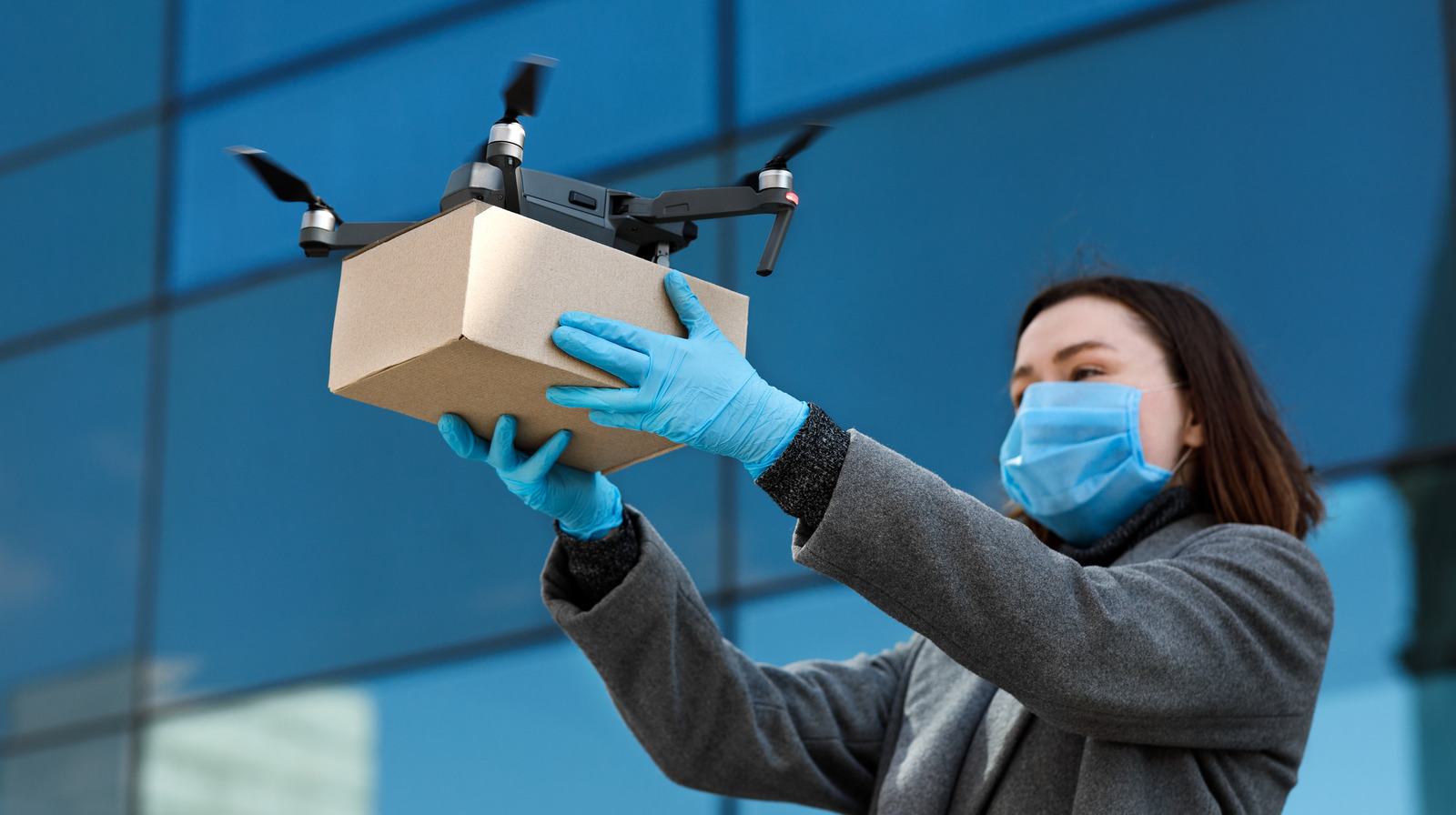Here’s How Drones Could Change The Medical Industry

UKRI’s program also has major implications for the medical industry in particular, both in terms of its future sustainability as well as efficiency. University Hospitals of Morecambe Bay NHS Foundation Trust (UHMBT) Director Phil Woodford told BBC the Future Flight Challenge could help reduce traffic, pollution, and transport sensitive medical supplies, all at the same time. The project’s first phase will start with drones traveling between the Royal Lancaster Infirmary, Wesmorland, and Furness General Hospitals in Cumbria, using a dedicated 250ft airspace. Based on routes in Google Maps, the average driving distance of such trips more or less range from 20 to 40 miles.
The thing is, current means of delivering medical samples in Lancashire involves traveling to different hospitals several times a day using vans, taxis and motorcycles. Compared to such rudimentary means of travel, which Woodford said takes an hour or more depending on traffic, using medical drones are said to shorten the overall trip to just 15 minutes. Woodford argued that medical drone deliveries can make the process faster, safer, and doesn’t put unnecessary load on drivers and the environment. While drones have proven to be quite handy in space, properly integrating them on Earth’s busier air space is another story. Fortunately, the project is building a roadmap to tackle just that.
For all the latest Gaming News Click Here
For the latest news and updates, follow us on Google News.

